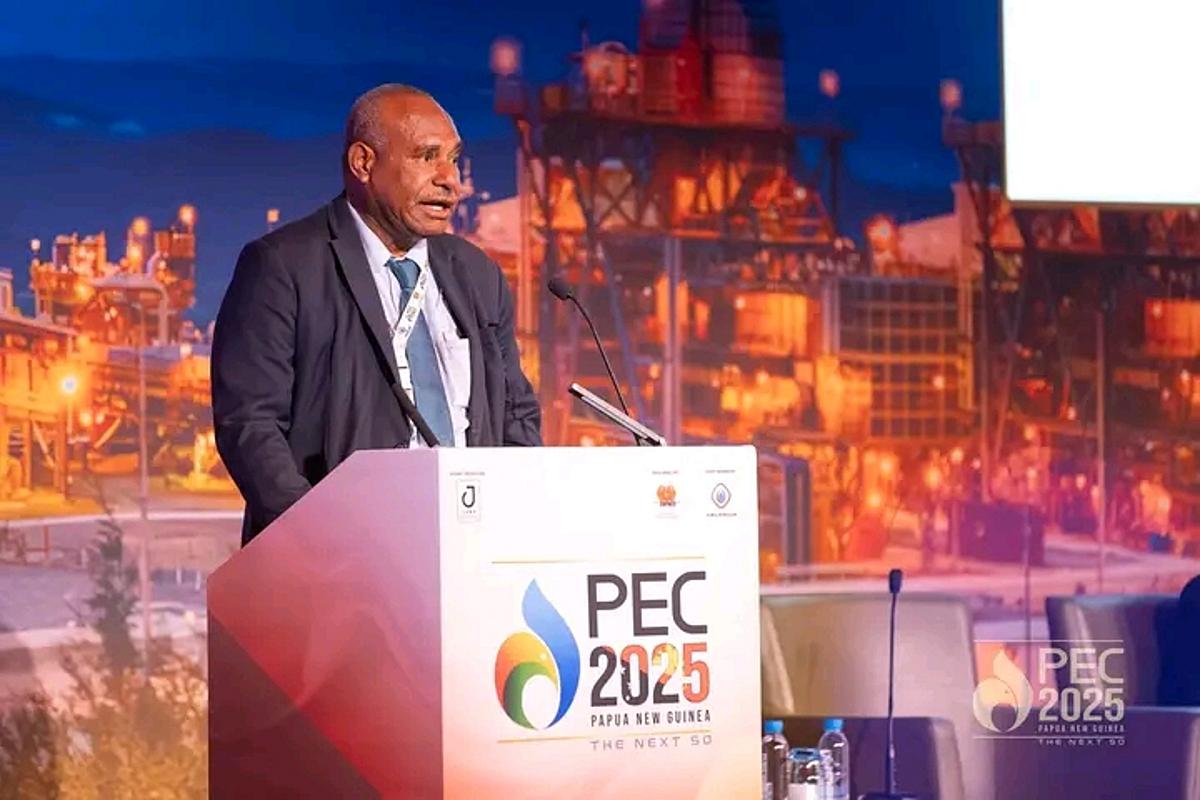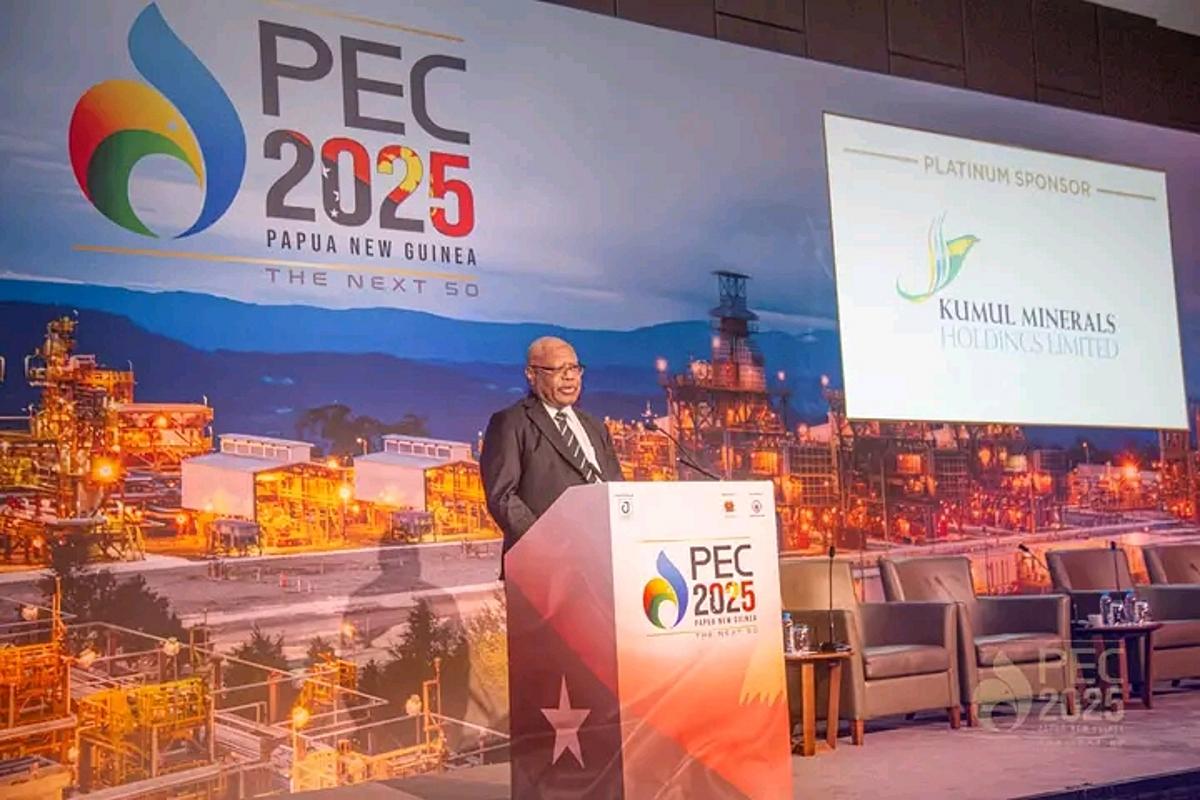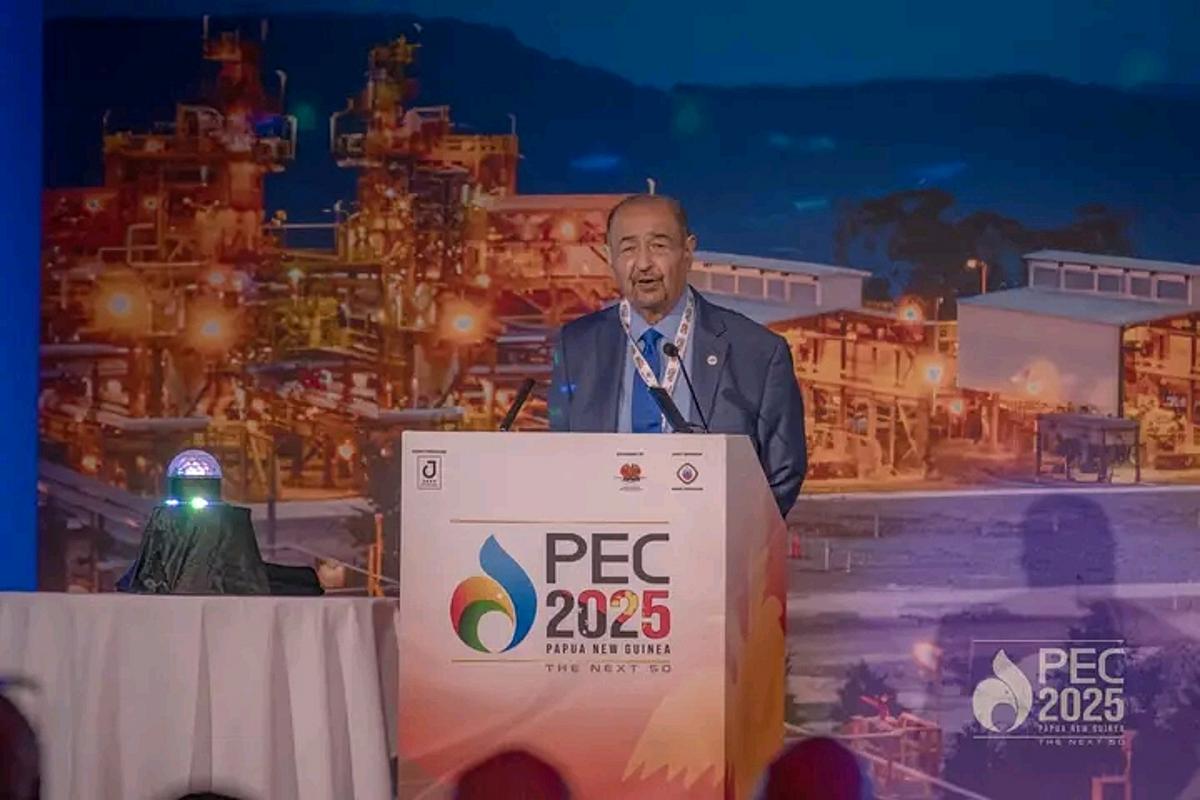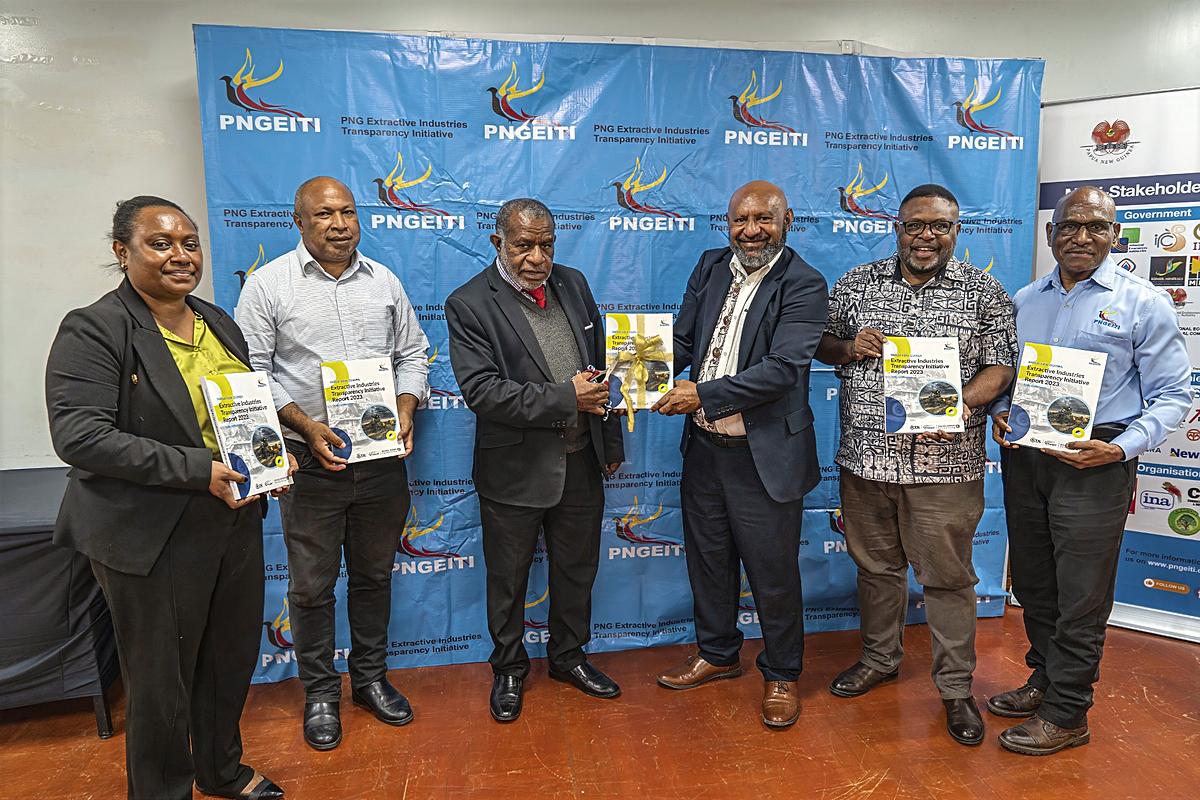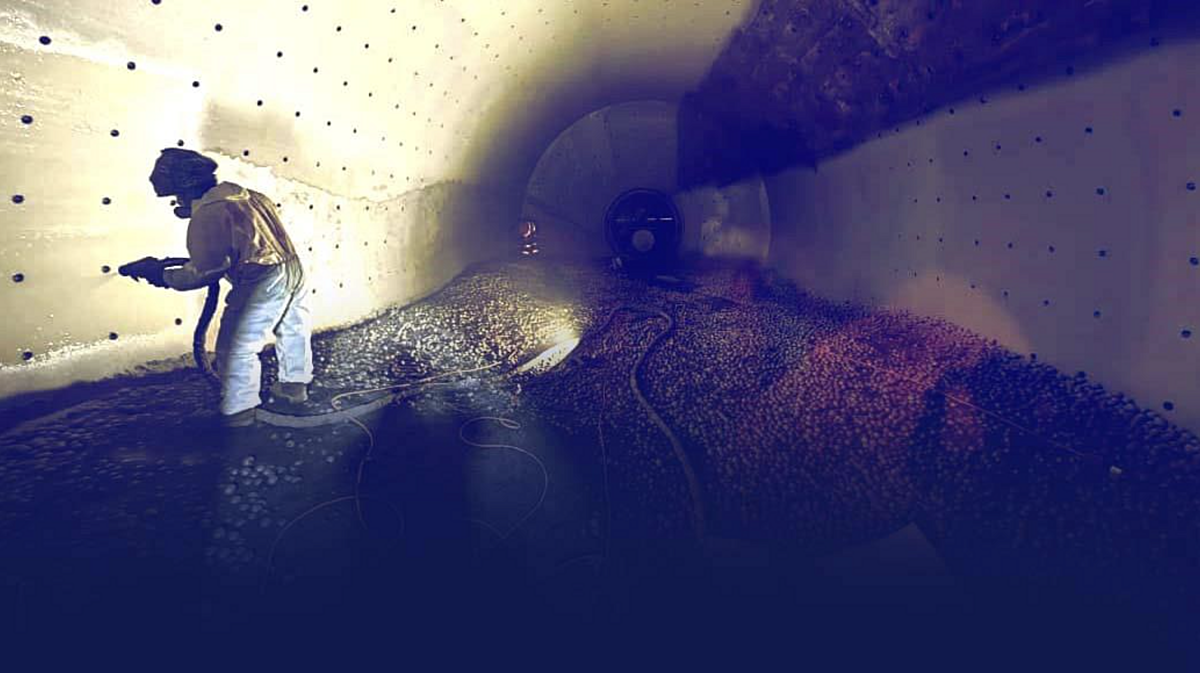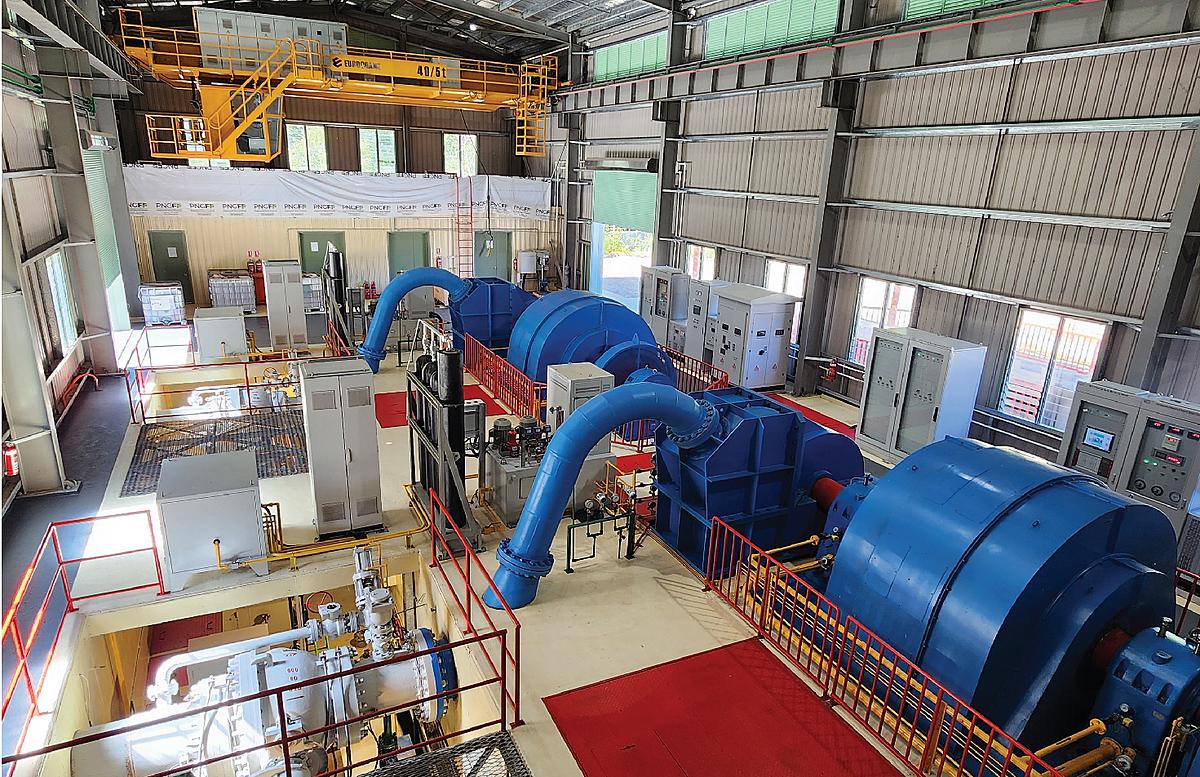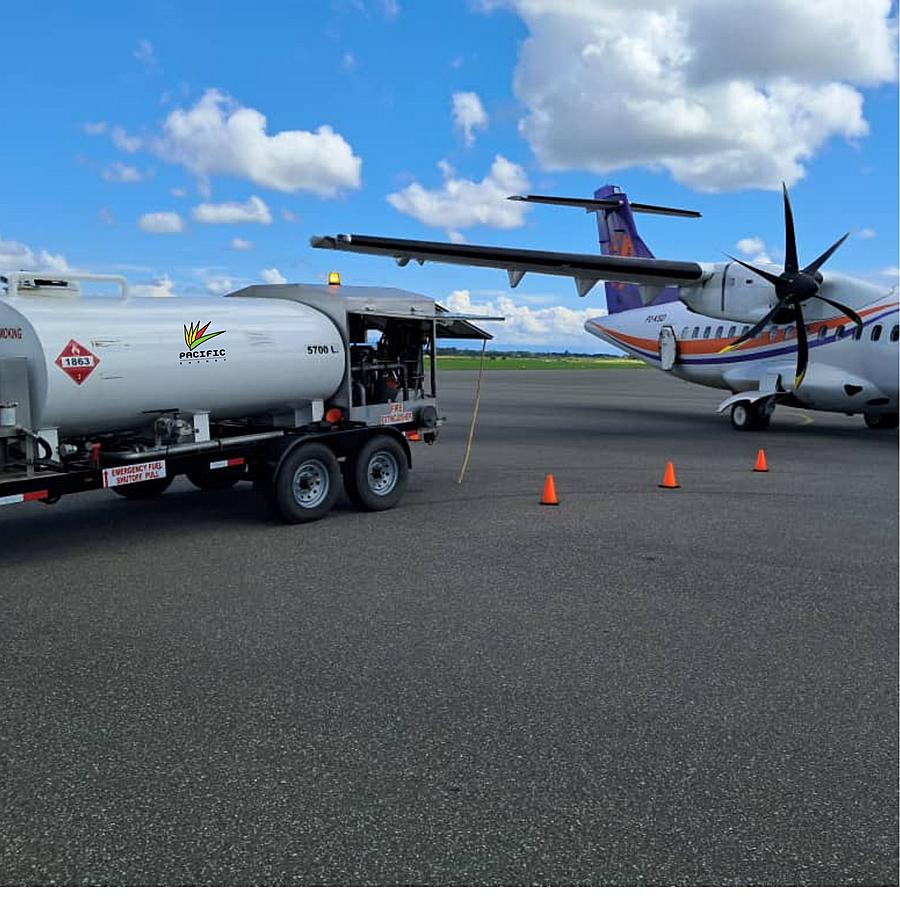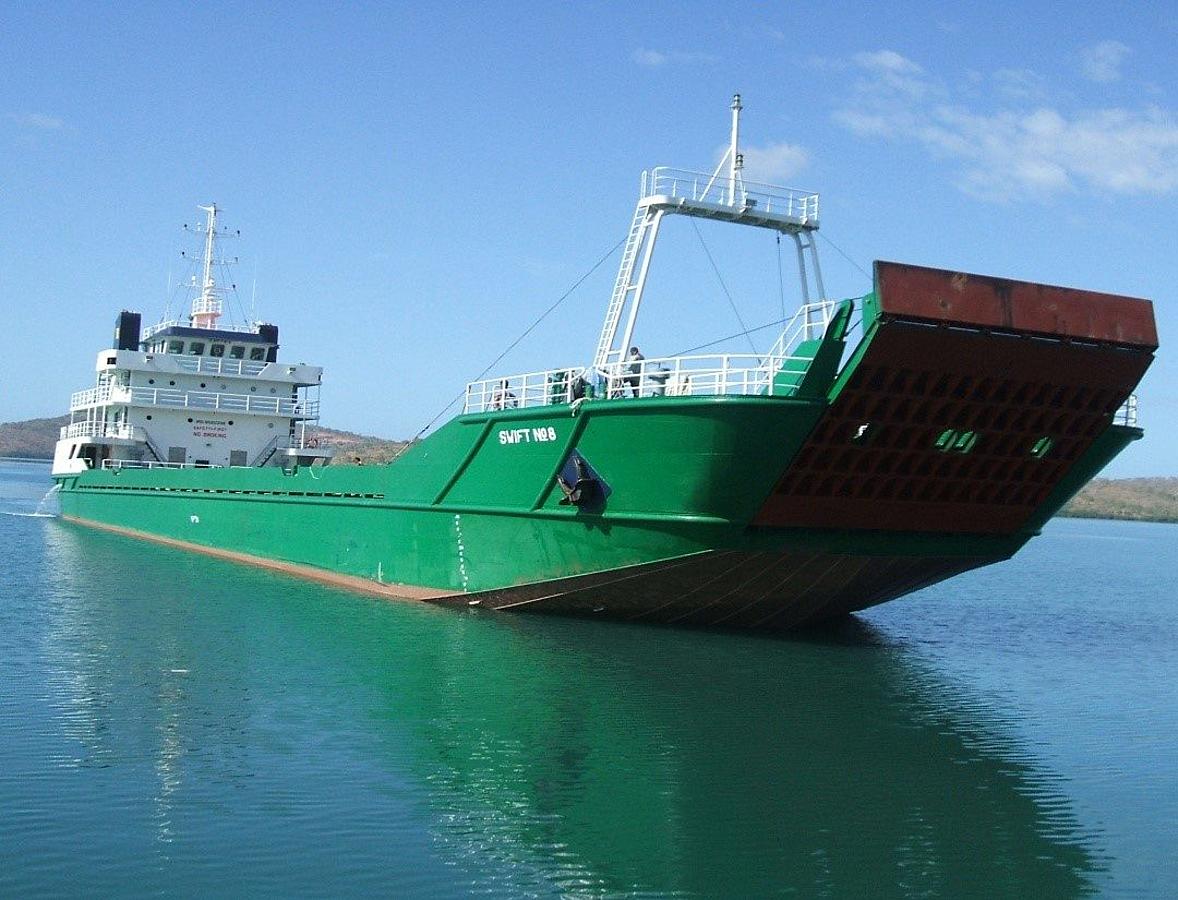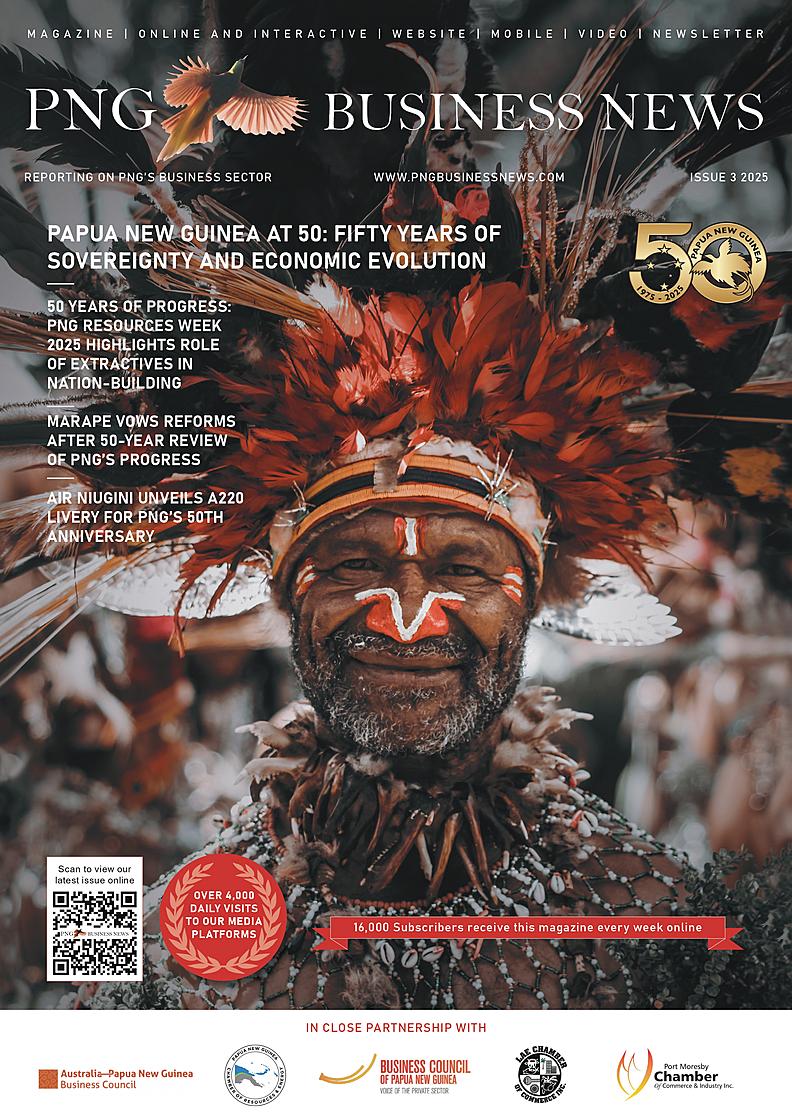Papua New Guinea’s petroleum sector remains ripe with opportunity despite recent slowdowns in exploration activity, according to David Manau, Secretary for the Department of Petroleum, who delivered a compelling presentation on 8 October at the 2025 Papua New Guinea Petroleum & Energy Conference (PEC) under the theme “Exploration Operations – Is There a Future?”
In his address, Secretary Manau affirmed that exploration indeed has a future, stressing that the challenge lies not in questioning its existence but in shaping its direction through strategic policies, partnerships and investment frameworks.
“Exploration is not just a technical process, it is a strategic choice. It’s about how we position our country, attract investment, and unlock long-term value for our people and stakeholders,” he said.
Secretary Manau highlighted PNG’s strong energy fundamentals, stating that the country holds an estimated 25 trillion cubic feet of gas — among the largest reserves in the Asia-Pacific region. While oil production has declined over the past three decades, PNG’s pivot to liquefied natural gas (LNG) has strengthened its role as a rising energy exporter.
He said Kumul Petroleum Holdings Limited (KPHL) continues to play a traditional key role as the State’s equity holder, while the newly established National Petroleum Authority (NPA) now serves as a dedicated institution to promote exploration and de-risk investment in partnership with industry players.
Untapped petroleum basins
PNG currently has five petroleum basins: Papuan, North New Guinea, Cape Vogel, Bougainville and New Ireland. However, only the Papuan Basin is producing, contributing about 17 percent of PNG’s GDP.
“The other four basins are underexplored, not because they lack potential, but because they lack data and targeted policy support,” Secretary Manau said.
He emphasised that unlocking these basins could diversify national revenue, transform PNG’s energy landscape and deliver tangible benefits for all stakeholders.
Exploration trends and fiscal incentives
Between 2020 and 2025, the country saw a sharp decline in exploration activity, with prospecting licences dropping from 104 to just 40. No high-impact wildcat wells were drilled during that period, except for Mailu-1, which has now been rescheduled for drilling in the first quarter of 2026.
Despite the downturn, exploration spending continued, supported by fiscal incentives under Section 155N of the Income Tax Act, which allowed the amortisation of exploration costs between 2019 and 2023.
“This resulted in over K10 billion in forgone revenue, which is not a loss, but a signal of sustained investor interest,” Secretary Manau explained.
Emerging offshore hotspots
Secretary Manau said PNG’s offshore potential is gaining momentum, with multi-client seismic surveys such as Painimaut 2D and Nanamarope 3D conducted in the Gulf of Papua. These vendor-funded surveys, he said, have attracted growing industry attention.
“These multi-client seismic campaigns are not just technical exercises, they are market signals,” he said. “The Gulf of Papua is rapidly emerging as PNG’s next exploration hotspot. These surveys lay the groundwork for future licensing bid rounds and offshore investment.”
The National Petroleum Authority will continue to support such initiatives as key tools for unlocking frontier potential.
New and proprietary exploration projects
PNG’s upstream sector is showing renewed confidence through new and ongoing exploration efforts. Kumul Petroleum Holdings Limited has completed seismic campaigns in Kimu and Barikewa, while AIE has conducted infill work near P’nyang using advanced Vibroseis technology.
Frontier projects are also progressing, including TotalEnergies’ deepwater Mailu-1 well — a high-impact wildcat estimated to cost between USD 50 million and USD 80 million — and ExxonMobil’s Wildebeest prospect in Gulf Province.
“Mailu-1 could open a new offshore hydrocarbon province,” Secretary Manau said, adding that Petronas’ farm-in to PL 576 validated the project’s significant potential.
He also noted new exploration initiatives across multiple basins: Heritage Oil’s Malisa Prospect near P’nyang (estimated 2 Tcf of wet gas), Peak Oil’s Exotica Prospect in New Ireland and Larus Energy’s Nanamapore Prospect in Central Province.
“These initiatives demonstrate that PNG’s exploration and upstream sector is reactivating,” he added.
Leveraging existing infrastructure
Secretary Manau outlined a brownfield exploration strategy that prioritises near-field prospects close to existing LNG and pipeline infrastructure.
“This approach reduces costs, accelerates development and enhances investor confidence,” he explained.
He cited the Angore Pipeline Tie-in Project and the Agogogo Tie-in as examples of efficient integration, adding that these connections also support domestic gas supply and national energy access.
Secretary Manau said PNG is preparing for a transition to a Production Sharing Regime (PSA) by 2026 — a move expected to balance risk and reward more effectively and attract investors to frontier areas.
“The NPA is preparing bid rounds, facilitating multi-client seismic permits, and advancing data-driven governance to improve transparency and investor engagement,” he said.
He called for strategic government intervention, particularly in frontier regions such as Western Province, where several marginal gas fields exist.
According to Secretary Manau, PNG’s energy future depends on aligning fiscal and regulatory frameworks, leveraging existing infrastructure and positioning the nation as a regional gas hub anchored by major projects like Papua LNG, P’nyang and Pasca A.
“The foundation is in place. The partnerships are forming. The data is improving. Let us move forward with clarity, confidence and commitment,” he concluded.

